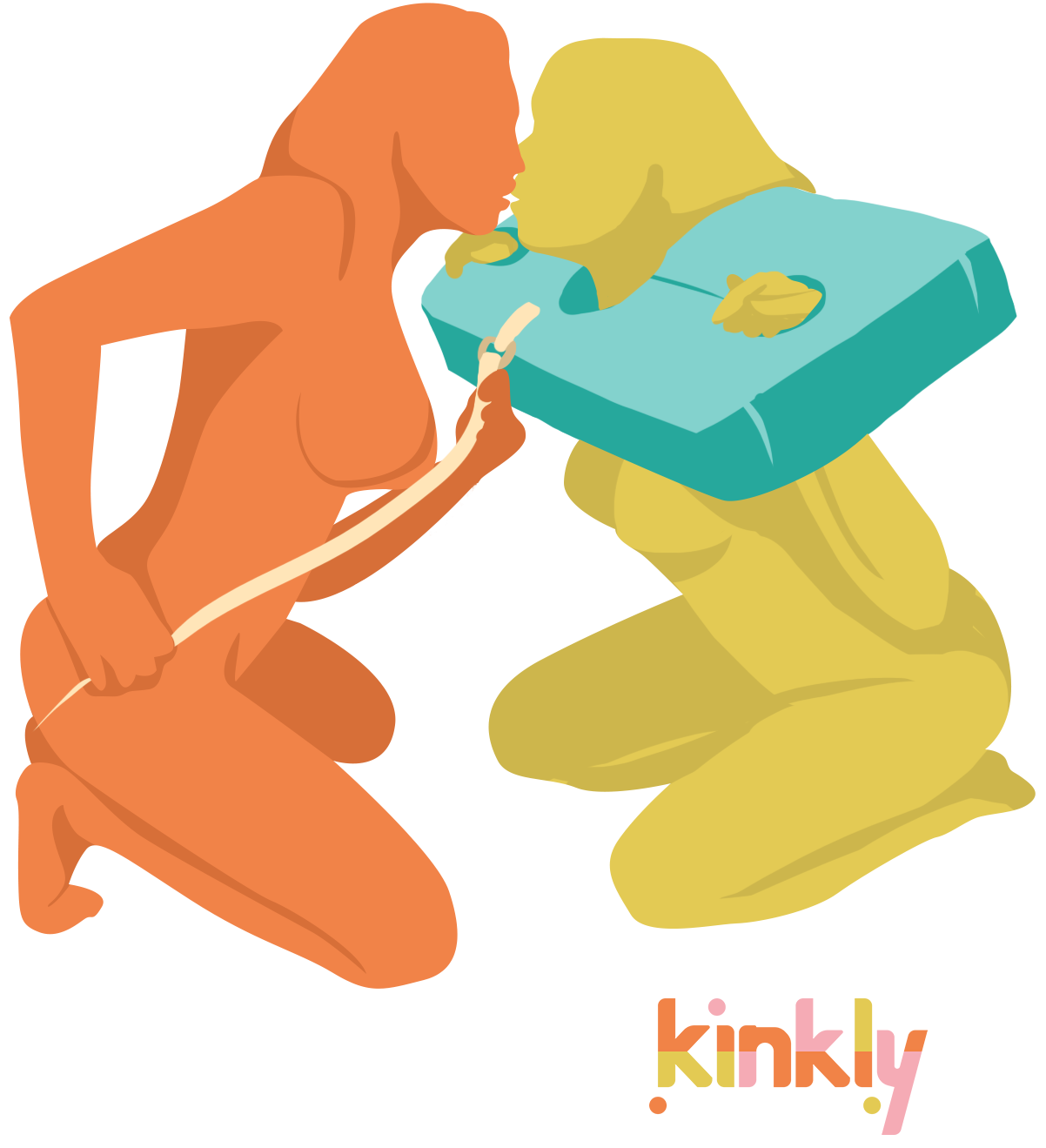Cunnilingus is oral sex performed on a partner with a vulva. During cunnilingus, the giving partner stimulates the receiving partner’s clitoris or vulva with their mouth. Cunnilingus may be part of foreplay, sex or afterplay. A giving partner may use cunnilingus to arouse their partner, bring them to orgasm, or continue their pleasure after they’ve already had an orgasm.
Word Origins and Synonyms for Cunnilingus
Cunnilingus is a very old word dating back to around 1884. It is a combination of the Latin word for vulva, "cunnus," and the word "lingere," meaning “to lick.” It’s unclear where the Latin term cunnus originated, but some language experts believe it may be an evolution of terms for gash, slit, to cut, or sheath. The use of the term cunnilingus grew steadily until the early 1960s, when it became much more widely used.
Today cunnilingus is a relatively formal term. Many people prefer informal terms for cunnilingus in conversation, such as:
- Eating pussy
- Licking pussy
- Eating someone out
- Muff diving
- Rug munching
- Carpet munching
- Going down the Y
- Yodeling in the valley
- Having hair pie
- Drinking from the furry cup
- Having a box lunch
- Pearl diving
- Muff diving
- Lip-synching
- Lickety-split
- French lessons
- And many more!
The History of Going Down
Virtually all cultures throughout history have practiced cunnilingus. There are ancient cave paintings depicting cunnilingus and Taoist teachings declaring that ingesting vaginal fluids could make the Yang (male) essence stronger. However, it wasn’t always celebrated. The Ancient Greeks thought cunnilingus was only for lesbians or impotent men. Accusing someone of performing cunnilingus was an emasculating slur, as the dominant view was that “real men” used their penises to satisfy their partners. The Greeks and Romans also made jokes about the vulva being dirty. This idea persisted until well into the Middle Ages.
However, attitudes have shifted. Today, cunnilingus is a mainstream form of sexual expression, as anthropologist Treena Orchard explained. "Cunnilingus is more commonly discussed and practiced because women are speaking out more freely about what kinds of pleasure they want. This is connected with the rise in the number of influencers and authors writing about the clitoris and the orgasm gap, including Dr. Laurie Mintz, author of the best-selling book 'Becoming Cliterate: Why Orgasm Equality Matters- And How To Get It.'"
Celebrities have also contributed to the rise in our social acceptance of cunnilingus. When DJ Khaled said he doesn't perform oral sex on women in 2018, several top male celebs retaliated with videos and social media posts about how much they love going down on women. These men included The Rock, who implied that real men know how to do cunnilingus and love it because it brings pleasure to their female partners.
While cunnilingus feels good, experts say evolutionary factors may also drive this behavior. A 2013 study published in Evolutionary Psychology theorized that people may perform cunnilingus to secure mating privileges and to check the vulva for another partner’s sperm. Other studies suggest that people may perform cunnilingus to confirm their partner is clean and healthy. While cunnilingus doesn’t directly lead to pregnancy, some researchers believe that people have a higher chance of retaining their partner’s sperm and conceiving a child if they have an orgasm through cunnilingus first.
While cunnilingus is practiced in the animal kingdom, it is relatively rare.















